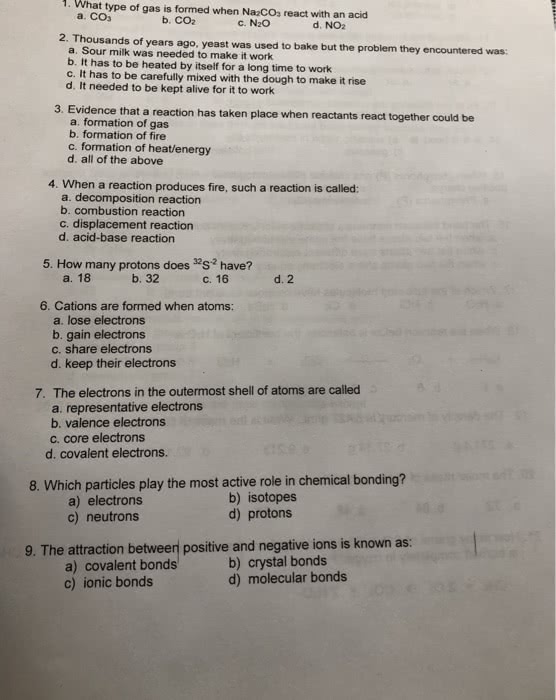NEM 10V Lecture Notes - Lecture 4: Hydrogen Bond, Nematology, Chemical Polarity

Nematology
Part 4: Water Part 1
• Atoms-fundamental unit of matter, made of 3 subatomic particles:
-Protons +
-Electrons –
-Neutrons 0
-Protons & neutrons located in the nucleus at the center of an atom
-Electrons orbit nucleus
-Protons identifies element
-Rings/orbitals are used to illustrate the number of electrons at different energy
states surrounding the nucleus
-Only electrons at the highest energy states or outermost orbital participate in
chemical reactions. These are called valence electrons and they are involved in
the formation of chemical bonds between atoms.
-Outer shell of atoms holds 8 electrons. -chemically stable
-Octet Rule-when atoms combine to form compounds they can give up, accept,
or share electrons to achieve an octet of electrons in their outer shells
-Covalent bond is formed when atoms share electrons in order to satisfy the octet
rule. Carbon has 4 electrons in its outer shell but can share electrons to complete
the outer shell.
-Example, 1 carbon and 4 hydrogen atoms, achieves an octet of electrons.
Hydrogen achieves 2 electrons in its outer shell and is stable.
-Ionic bonds forms when atoms are held together by the attraction between
opposite charges. Charged atoms are called ions. Ions of opposite charge attract
each other and form ionic bonds.
• Because atoms differ in their electronegativity, atoms forming covalent bonds do
not always share their electrons equally.
• Electronegativity is the ability to attract electrons. Atoms with high
electronegativity strongly attract electrons. Atoms with low electronegativity do
not pull at the electrons as much.
• Carbon and Hydrogen have similar electronegativity values. When C and H are
bonded together, both atoms have a similar ability to attract electrons. This type
find more resources at oneclass.com
find more resources at oneclass.com
Document Summary
Part 4: water part 1: atoms-fundamental unit of matter, made of 3 subatomic particles: Protons & neutrons located in the nucleus at the center of an atom. Rings/orbitals are used to illustrate the number of electrons at different energy states surrounding the nucleus. Only electrons at the highest energy states or outermost orbital participate in chemical reactions. These are called valence electrons and they are involved in the formation of chemical bonds between atoms. Octet rule-when atoms combine to form compounds they can give up, accept, or share electrons to achieve an octet of electrons in their outer shells. Covalent bond is formed when atoms share electrons in order to satisfy the octet rule. Carbon has 4 electrons in its outer shell but can share electrons to complete the outer shell. Example, 1 carbon and 4 hydrogen atoms, achieves an octet of electrons. Hydrogen achieves 2 electrons in its outer shell and is stable.



